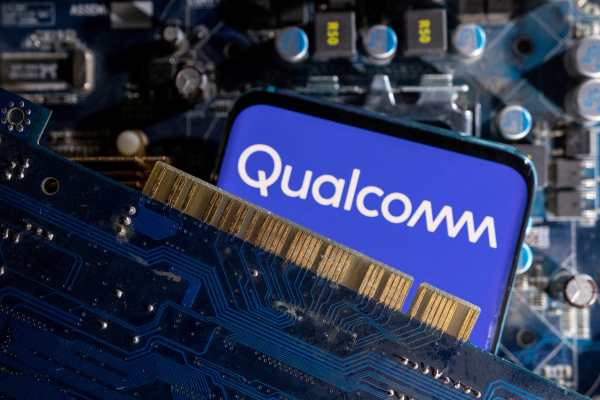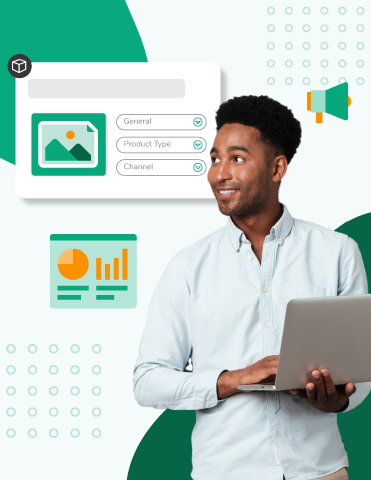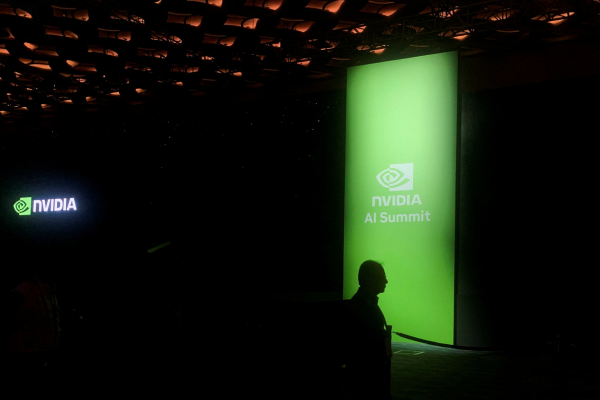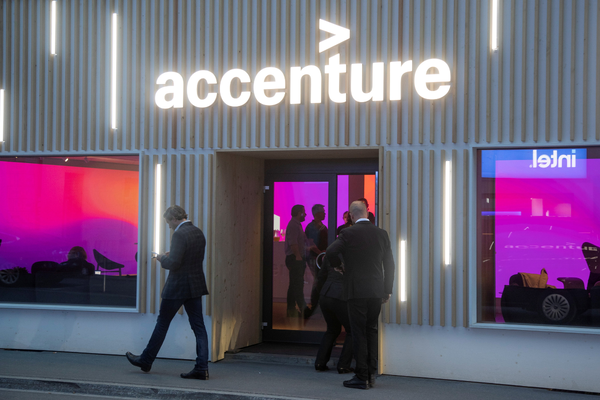Why Electricity 4.0 is the next industry revolution
Sponsored by Schneider ElectricA new opportunity for business owners could fundamentally change how energy is produced and consumed.
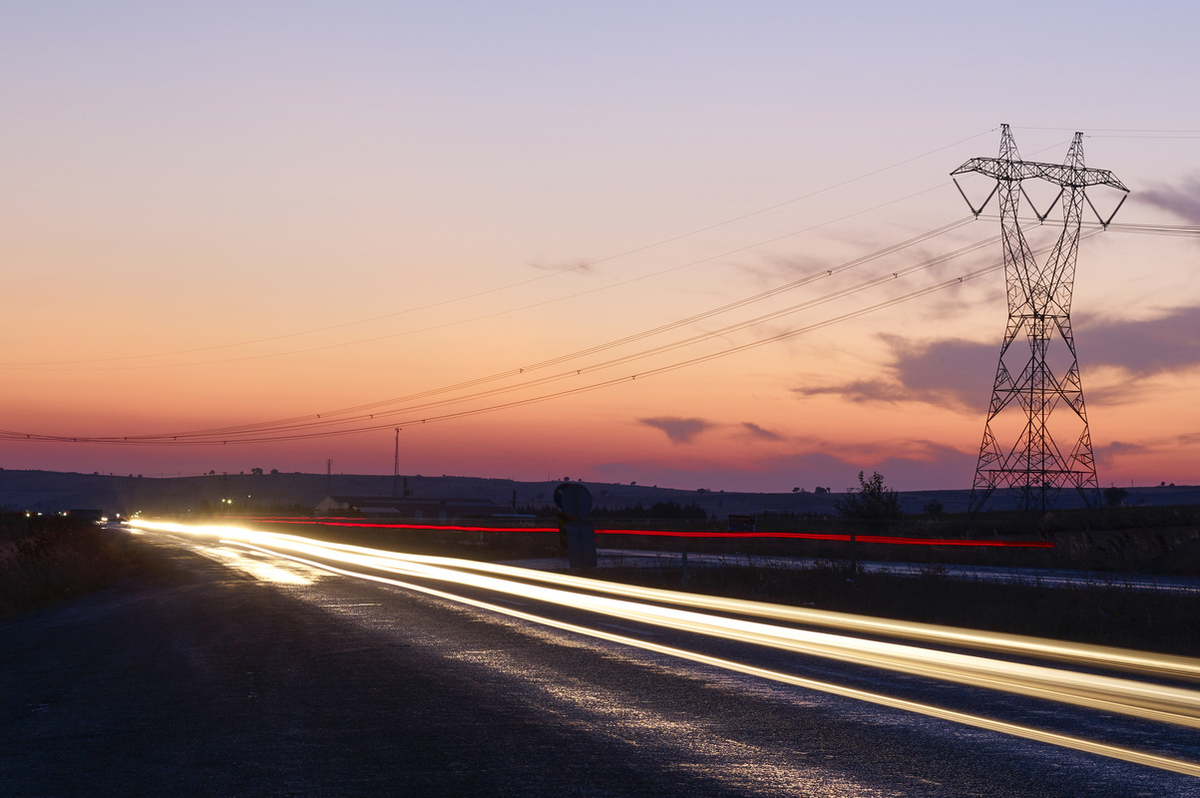
As industry continues to realise the full potential of Industry 4.0, we can start to see what Industry 5.0 might look like, and how it will change the landscape once again. And the next revolution is likely to be one that will transform the energy sector and have a lasting impact on industry: we like to call it Electricity 4.0.
Sustainability has quickly become a key driver of digitalisation for industrial businesses large and small. SAP SE’s 2023 Sustainability Report showed that 83 per cent of UK leaders will maintain or increase their investment in sustainability action by 2026, while Deloitte’s 2023 CXO Sustainability Report stated that 84 per cent of CXOs agreed that global economic growth can be achieved while also reaching climate change goals. The UK government’s commitment to reduce greenhouse gas emissions to net zero by 2050 is driving industries to review their sustainability initiatives and they are working tirelessly to improve processes and reduce energy use in innovative ways.
That’s where Electricity 4.0 comes in. Electricity 4.0 represents 250 years of technology-driven revolutions towards smart energy and the convergence of digital and electrical technologies. Building on the promise of Industry 4.0, Electricity 4.0 leverages digital transformation and next-generation automation to transform how energy for industry is produced, distributed and consumed.
Mitigating climate change
The AR6 Synthesis Report from the Intergovernmental Panel on Climate Change (IPCC) highlights the dangers of every increment of global warming, but it also shows that collectively we have the means and the tools to address these challenges. There has never been a more crucial time for industry to act on sustainability strategies and Electricity 4.0 can help achieve this. Electricity 4.0 optimises the efficiency of power-intensive processes of manufacturing and critical infrastructure, with the capability to deliver power back to the grid or directly to local homes, buildings or data centres.
When it comes to powering industrial processes, electricity is more efficient than other traditional sources, and it’s also better positioned for decarbonisation. By 2040, the share of electricity in Schneider Electric’s activities will reach at least 40 per cent of final energy consumption, and six times more electricity will be generated from solar and wind in comparison to today.
Electricity 4.0 in practice
Increased digitalisation and the transition to electric transportation and heating, as well as growing populations, means worldwide energy consumption in increasing. As electricity consumption rises, its source becomes ever more important.
Many industrial processes have assets that require greater energy levels to switch off and restart than they do to simply keep running. However, electricity can provide an efficient solution across the diverse sector. Electricity 4.0 will digitalise our energy ecosystem from end to end, enabling us to scale renewables and reduce the 68 per cent of energy that’s currently lost or wasted through inefficiencies. With Electricity 4.0 power is just like any other industrial asset, using software to seamlessly connect to renewable energy sources while meeting availability needs.
By creating a single source of truth for energy and sustainability data, any industrial business can execute a decarbonisation strategy by electrifying operations, reducing energy use, replacing unsustainable energy sources, and engaging with the energy supply chain to deliver value throughout.
While industry is a voracious consumer of energy, it is ultimately a force for good that is relied upon by the whole supply chain, and therefore needs to be the sector most responsible for driving change.
Electricity 4.0 enables industrial businesses to leverage onsite power generation through solutions such as microgrids, a complex combination of renewable sources and systems that can essentially be created to fit any energy need.
These microgrids can consist of anything from a small solar panel and a battery to larger complex systems that incorporate solar, wind and hydrogen across multiple facilities, or a community. They provide a cost-effective way for industry to contribute towards sustainability goals and give back to the main grid.
Smart facilities rely on maximum uptime for processes to operate efficiently, and therefore sustainably. A microgrid delivers this to all industrial businesses without the fluctuation usually associated with wind or solar power, working in conjunction with the traditional grid to offer complete energy security while supporting sustainability strategies.
With regulatory pressures as well as an urgent need for action to reverse the direction of climate change, businesses of all sizes are now left with no choice but to act when it comes to sustainability. Starting with power offers a scalable pathway that has minimal impact on existing infrastructure.
Electricity 4.0 is more than just a technological revolution; it is a necessary evolution in industry’s approach to energy. By embracing smart energy management and the integration of IoT devices, business can not only improve their efficiency and competitiveness but also impact the global fight against climate change significantly.
The journey towards a sustainable future begins with Electricity 4.0. Together, we can create an energy ecosystem that is efficient, resilient, and, most importantly, sustainable. Learn how Schneider Electric helps other companies to pursue ambitious climate goals through electrification here.
by William Killick, Business Development Manager for EAE, Schneider Electric
About Schneider Electric
Schneider’s purpose is to create impact by empowering all to make the most of our energy and resources, bridging progress and sustainability for all. At Schneider, we call this Life Is On.
Our mission is to be the trusted partner in sustainability and efficiency.
We are a global industrial technology leader bringing world-leading expertise in electrification, automation and digitisation to smart industries, resilient infrastructure, future-proof data centres, intelligent buildings and intuitive homes. Anchored by our deep domain expertise, we provide integrated end-to-end lifecycle AI-enabled industrial IoT solutions with connected products, automation, software and services, delivering digital twins to enable profitable growth for our customers.
We are a people company with an ecosystem of 150,000 colleagues and more than a million partners operating in over 100 countries to ensure proximity to our customers and stakeholders. We embrace diversity and inclusion in everything we do, guided by our meaningful purpose of a sustainable future for all.
Media contact
Merryn Rodwell
Cadence Innovation Marketing
merryn@thecadenceteam.com

Business Reporter Team
Most Viewed
Winston House, 3rd Floor, Units 306-309, 2-4 Dollis Park, London, N3 1HF
23-29 Hendon Lane, London, N3 1RT
020 8349 4363
© 2024, Lyonsdown Limited. Business Reporter® is a registered trademark of Lyonsdown Ltd. VAT registration number: 830519543
